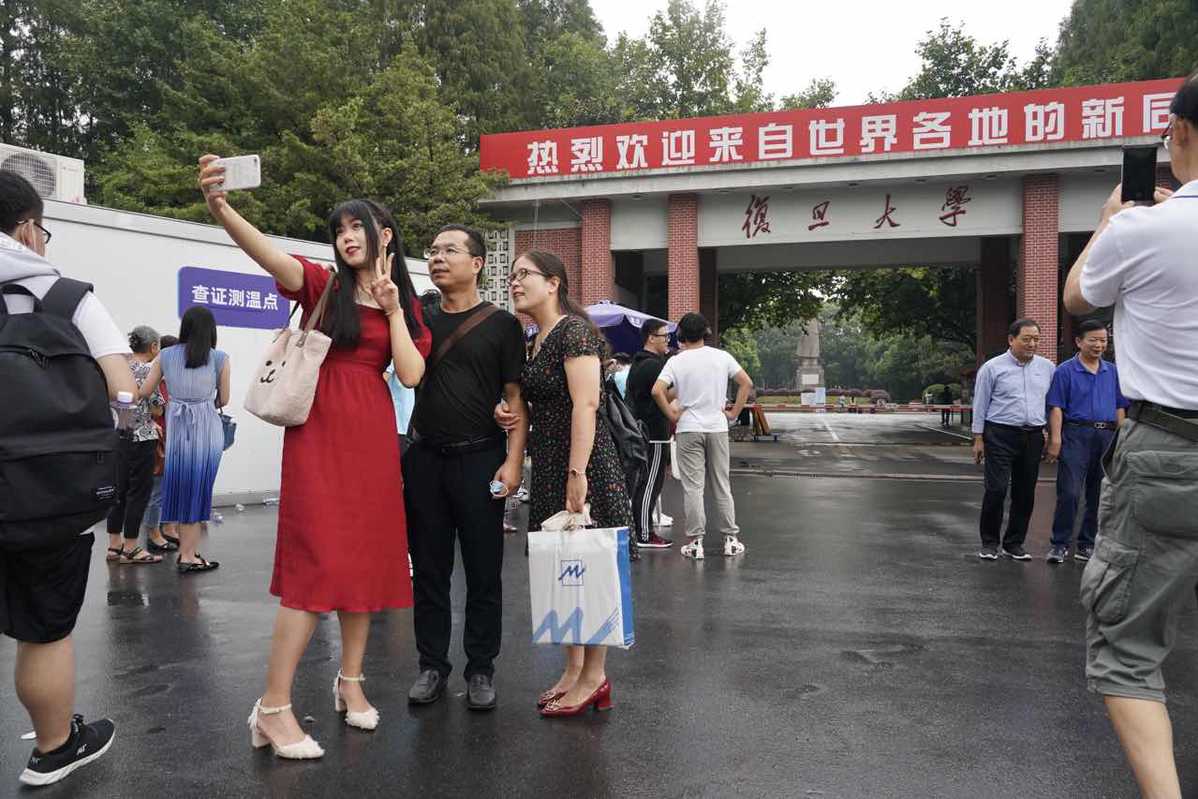Are campuses back to normal now epidemic brought under control?


In January 2020, I watched from Zhejiang province as the COVID-19 epidemic unfolded. The impact of the epidemic on the higher education industry, already in the throes of transformation, would be significant.
As the fall semester has started, what has changed on campuses in China?
A proponent of online learning, I believed the crisis would propel China forward. While the technology existed and open online courses were popular, online teaching of universities has been low with little government support. Then as a result of the epidemic, universities across the country implemented virtual teaching, shifting millions of students online in a matter of weeks.
But while institutions moved quickly, they did so without fully leveraging learning technology and best practices. Students and faculties, with little online learning and teaching experience, were neither prepared nor trained. Universities largely recreated the classroom virtually, delivering traditional passive learning experiences through Ding and Webex.
Learning continuity was ensured. But powerful, impactful, tech-enabled learning was not. More than seven months later campuses across the country are opening physically for the fall semester, and relatively speaking, China is back to normal.
Whereas China had a black swan opportunity to develop online learning, today it is a victim of its own "success" in containing the novel coronavirus, now quickly moving back to predominantly face-to-face teaching. In the medium term, the negative perceptions created by the suboptimal online learning experiences of millions of students will be difficult to overcome.
Extensive visa and travel restrictions have had a big impact on international enrollment in China, and fully online alternatives are limited. China's attractiveness as a higher education destination is growing, becoming increasingly appealing given its success in containing the virus. Chinese universities seem willing to accept the current drop as an unavoidable temporary glitch, foregoing short-term international enrollment for a rapid return to in-class instruction and increased long-term international enrollment.
The number of outbound Chinese students, particularly to the United States, will continue to decline due to concerns about safety, security and stability. Foreign collaborative programs in China and online degree programs will fill this gap as students look for international perspective and credentials without leaving China.
There are signs of innovation in program models. Despite negative perceptions and mixed results, some online content is being integrated to expand curriculums and mitigate risk linked to over-reliance on international visiting faculty. Offerings such as Coursera for Campus proved easy to implement and will likely continue. Universities continue investing in online production capabilities to be prepared for future eventualities requiring virtual teaching. But online degree programs do not show signs of growth, and it is unlikely that universities will rush to expand them.
Partnership models are shifting as student mobility slows in the short and medium terms, decreasing flows in traditional exchanges. An alternative is expansion of joint classrooms, offering students international perspective and connections through online classrooms. Consortiums like FOME Alliance and Global Network for Advanced Management are poised to leverage existing equivalency agreements and virtual capabilities.
Students in China will look increasingly to international online degrees and foreign collaborative programs. Zhejiang University's International Business School is actively expanding foreign collaboration to include online courses, creating blended programs for students looking for foreign degrees without leaving China. The support of the Ministry of Education in recognizing such collaborations will be important, and institutions must fully leverage learning technology to ensure a quality learning experience.
With thousands of outbound students facing travel and US visa restrictions, student hosting has exploded. Zhejiang University's international campus has welcomed almost 300 such students this fall. Matriculated at the University of Illinois at Urbana-Champaign and mainly enrolled in UIUC virtual courses, students are locally hosted and fully supported in a comprehensive campus experience aiming to build community, engagement and the UIUC identity.
According to Kevin Jackson, associate dean of Undergraduate Affairs at UIUC's Gies College of Business:"Although we hope all our students will join the University of Illinois campus next spring, we see potential for an ongoing relationship. Perhaps it's cultural immersion while students take online courses from our campus; we're thinking intentionally about how we might utilize our relationship to benefit students from each campus."
This model may develop further for institutions with large enrollment from China, expanding partnerships to include hosting, shared facilities or the creation of multiple international hubs. Given the numbers from China, going to the source may prove more efficient and stable in the long run. Once restrictions are lifted, this model presents opportunities to combine virtual learning with campus hosting in multiple locations. The University of Arizona is a first mover with its "Global Experience" program, relying on a partner's network of "microcampuses", including Zhejiang University in China.
As students return to campuses in China, it is business as usual as the traditional classroom model of learning again dominates. Global mobility has been most affected, and the decline in international enrollment will likely be temporary. More fundamental is the evolution of foreign partnerships and program models, responding to new needs from the Chinese market.
The author is vice-dean of the International Business School of Zhejiang University. The views don't necessarily represent those of China Daily.
If you have a specific expertise and would like to contribute to China Daily, please contact us at opinion@chinadaily.com.cn , and comment@chinadaily.com.cn



































